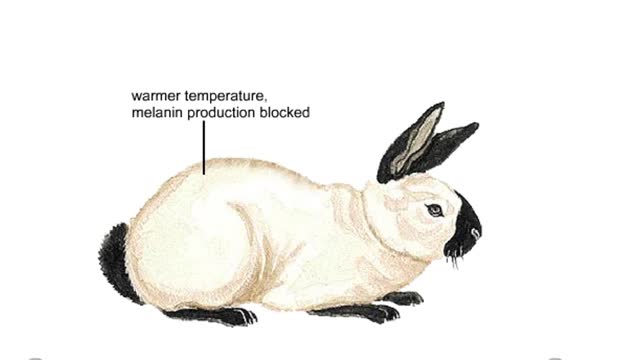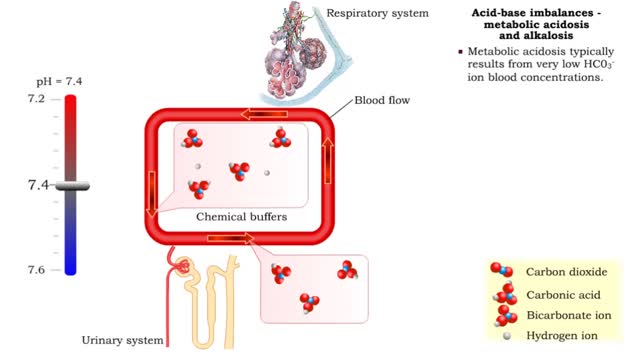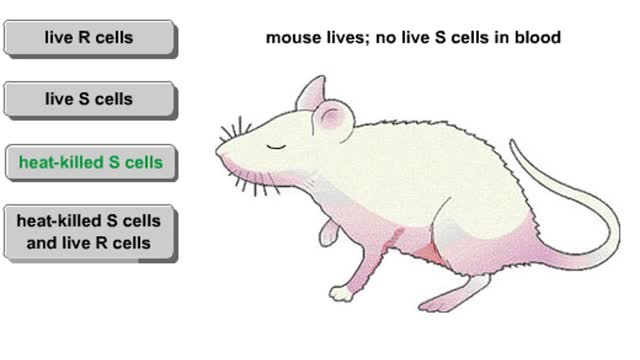Search Results
Results for: 'metabolic heat'
Factors that increase metabolic rate and heat production
By: HWC, Views: 6648
• All vital biochemical reactions are temperature dependent. • The overall rate at which metabolic reactions use energy is known as the metabolic rate. • Metabolic rate greatly determines body temperatures. • Temperature is maintained by balancing the loss of heat to the environment...
Metabolic Rate, Heat and Thermoregulation - response to heat and cold stresses
By: HWC, Views: 6856
• A neuron group in the anterior portion of the hypothalamus controls heat balance. • Neurons in the preoptic region of the hypothalamus integrate signals that come from thermoreceptors. • The temperature control center in the preoptic region propagates control signals to two other part...
Effect of the environment on coat color in the Himalayan rabbit Animation
By: HWC, Views: 2234
An organism's phenotype—the combination of traits that we observe—is the product of interactions between its genotype and the environment. For example. a Himalayan rabbit is completely white at birth. But within weeks, the fur on the rabbits ears, nose, tail. and lower legs darkens. The...
The Hypothalamus: The Body's Thermostat (Human Thermostat)
By: HWC, Views: 5880
Normal body function requires a relatively constant body temperature, which is regulated by the body's thermostat, a region of the brain called the hypothalamus. The hypothalamus generates a temperature set point for the body and appears to be the major site for the integration of temperature inf...
Acid-base imbalances - metabolic acidosis and alkalosis
By: HWC, Views: 6691
• Metabolic acidosis typically results from very low HCO3- ion blood concentrations. • Metabolic alkalosis typically results from very high HCO3- ion blood concentrations.
Acid-base imbalances - compensation of metabolic acidosis and alkalosis
By: HWC, Views: 6916
1. Metabolic acidosis: • Few HC03- ions are present so blood pH becomes acidic. • Compensation is increased respiratory rate and more CO2 is removed from the blood. • Blood pH returns to normal. 2. Metabolic alkalosis: • Many HC03- ions are present so blood pH becomes alkaline...
By: HWC, Views: 6213
Thyroid hormone production • A decline in metabolic rate caused by increased metabolic need or physical exertion stimulates the production of thyrotropin hormone releasing (TRH) hormone from the cells of the hypothalamus. • Thyrotropin hormone releasing hormone targets the thyrotrophic ce...
By: HWC, Views: 3776
In the late 1920s, Fred Griffith was attempting to develop a vaccine against a bacterium that causes pneumonia. To find out why two strains of the bacteria differed in their deadliness, he injected mice with four different mixtures. Mice injected with R cells remained healthy. When Griffith ex...
By: HWC, Views: 6058
Observe the burning logs of wood. The logs burn to emit heat, light and carbon dioxide. What is left behind is ash. This residue is a new substance with a different molecular structure than the original wood. Similarly when baking the dough into bread, it becomes fluffy and light. There is a ch...
Advertisement











